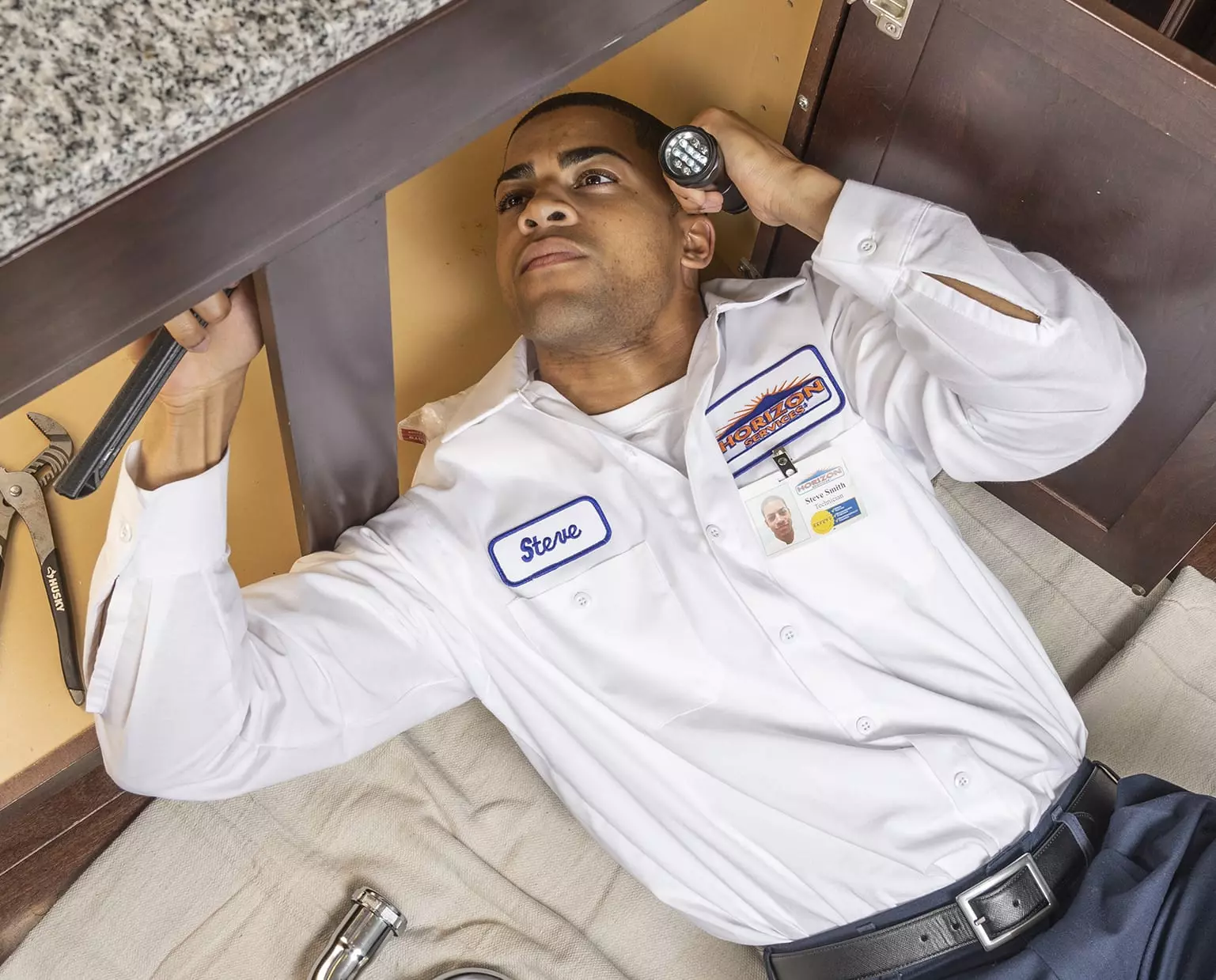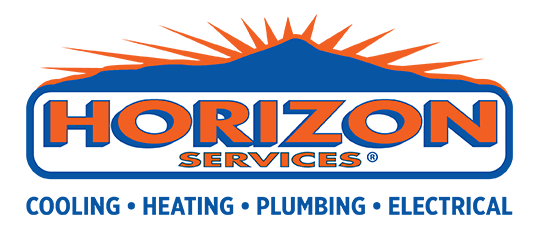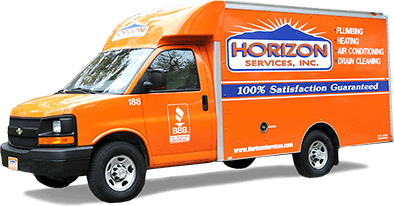
Did You Hear That?
One of the first steps to take when diagnosing noisy plumbing is to determine whether the mysterious sound is occurring when your water is turned on or if it is a result of draining water. Noises on the inlet side (or when your water is turned on) could be caused by: excessive water pressure, worn valve or faucet parts, improperly connected pumps or other appliances, incorrectly placed pipe fasteners, and plumbing runs containing too many tight bends or other restrictions. Noises on the drain side usually stem from poor location or a possible pipe layout containing too many tight bends.
Hissing
A hissing noise that occurs when a faucet is opened slightly generally signals excessive water pressure. If you encounter hissing sounds call your locate water company, they will be able to tell you if the water pressure in your area may be the culprit. They can also install a pressure reducing valve on the incoming water supple pipe to help regulate the pressure.
Thudding
Thudding noise, often accompanied by shuddering pipes, when a faucet or appliance valve is turned off is a common condition referred to as a water hammer. The noise and vibration are caused by the reverberating wave of pressure in the water, which suddenly has no place to go. Opening a valve that discharges water at a rapid pace into a section of piping containing a restriction, elbow, or other fitting can also produce water hammer.
Water hammer can usually be cured by installing fittings called air chambers or shock absorbers in the plumbing to which the problem valves or faucets are connected. These devices allow the shock wave created by the halted flow of water to dissipate in the air they contain, which (unlike water) is compressible.
Older plumbing systems may have short vertical sections of capped pipe behind walls on faucet runs for the same purpose; these can eventually fill with water, reducing or destroying their effectiveness. The cure is to drain the water system completely by shutting off the main water supply valve and opening all faucets. Then open the main supply valve and close the faucets one at a time, starting with the faucet nearest the valve and ending with the one farthest away.
Chattering or Screeching
Intense chattering or screeching that occurs when a valve or faucet is turned on, and that usually disappears when the fitting is opened fully, signals loose or defective internal parts. In most cases, the only solution is to replace the defective valve or faucet with a new one.
Pumps and appliances such as washing machines and dishwashers can also transfer motor noise to pipes if they are improperly connected. When installing new appliances always link them to plumbing with plastic or rubber hoses and never use rigid pipe. This will dramatically cut down on the amount of noise create when the appliance is in use.
Other Mysterious Noises
Creaking, squeaking, scratching, snapping, and tapping noises are commonly caused by the expansion or contraction of copper pipes used to supply hot water. The sounds can occur as the pipes slide against loose fasteners or strike nearby house framing.
If you can pinpoint the problem by following the sound to an exposed pipe you may discover a lose pipe hanger or other obstruction that the pipes can clatter against. Attaching foam pipe insulation around the pipes at the contact points will lessen the transmission of vibration from plumbing to surfaces that can amplify the sounds.
When replacing or installing new pipe hangers try to fasten them to larger structural elements that will work to dampen or disperse the sound and always sandwich the ends of new fasteners between rubber washers.
Drain Pipe Noise
When dealing with noises produced by drain pipes the primary goal is to eliminate and surfaces that can be struck by falling water or rushing water and to insulate the pipes to contain any avoidable sounds.
When replacing toilets or faucets, inquire about water-saving alternatives as they are less noisy than conventional models. Upgrading your fixtures can be an easy solution to stubborn plumbing sounds.
When having old plumbing repaired or replaced avoid routing drain pipes in walls shared with bedrooms or rooms where your family and guests often gather. Walls containing drain pipes need to be soundproofed and the pipes themselves should be wrapped with specially designed fiberglass insulation.


